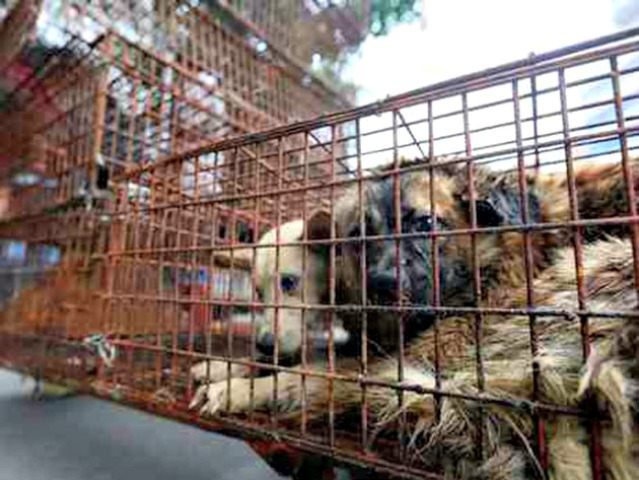The FBI has announced that starting next year it will be adding a new category to its crime statistics reporting and for the first time will begin tracking crimes of animal cruelty.
Until now the FBI lumped animal cruelty crimes into a catch-all category with other crimes that do not easily fit in a particular category into its National Incident Based Reporting System, the Baltimore Sun reports.
Mary Lou Randour, senior adviser for animal cruelty programs and training at the nonprofit Animal Welfare Institute, told the paper that until now there wasn’t an easy way to see national statistics.
“There was no way to find out how often it occurs, where it occurs, and whether it was on the increase,” Randour told the paper. “Empirical data is important. It’s going to give us information about animal cruelty crime so we can plan better about intervention and prevention.”
Randour noted that these stats are important for tracking early instances of anti-social or violent behavior in individuals that may go on to cause more problems for society. Often, she noted, animal cruelty is a precursor to later violence.
Baltimore County prosecutor Adam Lippe agrees with that assessment saying, “If you’re willing to exert that in a cruel, malicious and vicious way, then you’re likely to do that to people, too, who don’t have power, like children and vulnerable adults. It’s an issue of a lack of empathy.”
Upon the FBI’s announcement of the new category, Amy Blasher, FBI unit chief, said, “[The National Sheriffs’ Association and the Animal Welfare Institute] believe that animal cruelty was an early indicator of violent crime, and that’s really what led the discussions with our law enforcement partners throughout the country.”
The FBI published a definition of its new category:
Intentionally, knowingly, or recklessly taking an action that mistreats or kills any animal without just cause, such as torturing, tormenting, mutilation, maiming, poisoning, or abandonment. Included are instances of duty to provide care, e.g., shelter, food, water, care if sick or injured; transporting or confining an animal in a manner likely to cause injury or death; causing an animal to fight with another; inflicting excessive or repeated unnecessary pain or suffering, e.g., uses objects to beat or injure an animal. This definition does not include proper maintenance of animals for show or sport; use of animals for food, lawful hunting, fishing or trapping.
Still, it may take up to six years of reporting for any trends to be seen.
But supporters of the new statistics are pleased with the new effort.
“I hope that [the new data] us going to bring to light some associations of who animal abusers are, what their backgrounds are, what they go on to do,” Dr. Martha Smith-Blackmore, a forensic veterinarian who studies animal abuse cases, told the Sun.
Follow Warner Todd Huston on Twitter @warnerthuston or email the author at igcolonel@hotmail.com

COMMENTS
Please let us know if you're having issues with commenting.